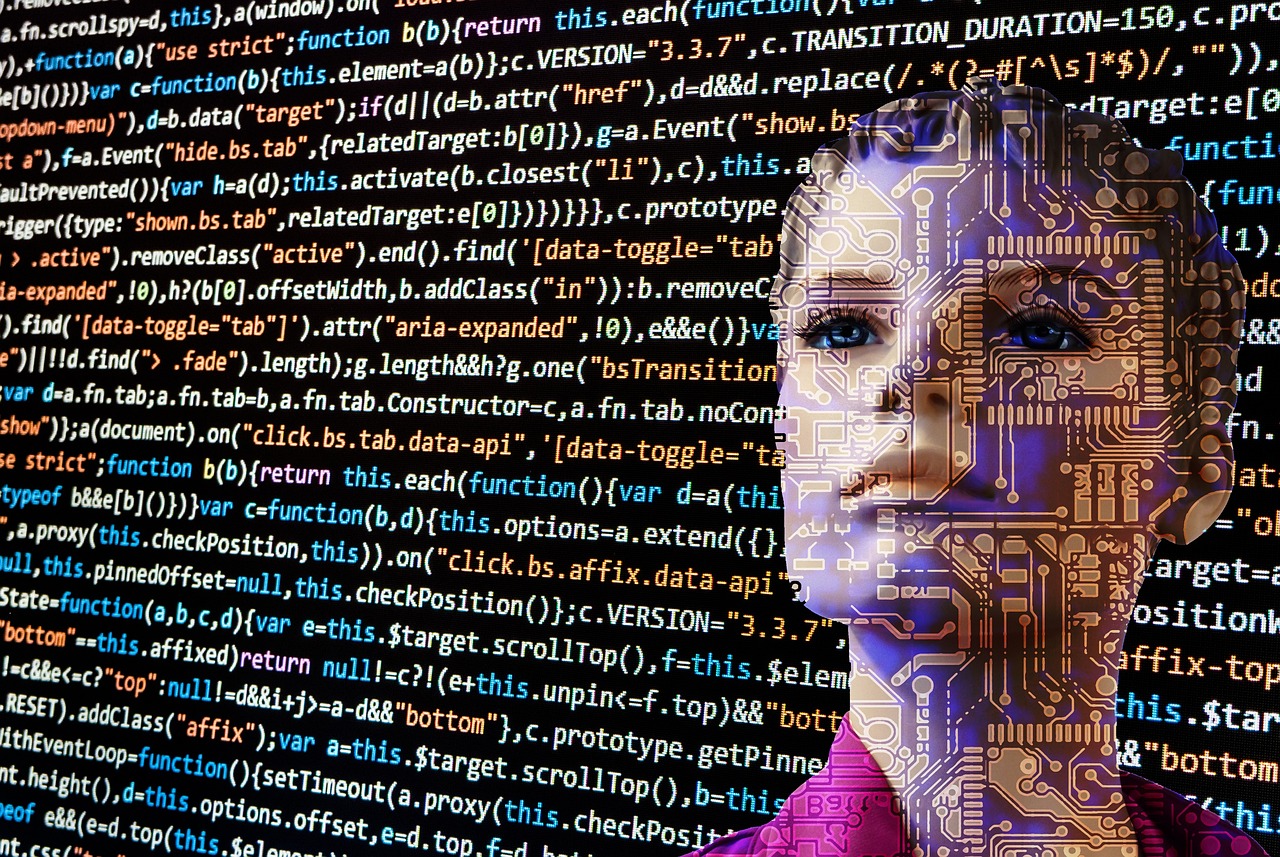Artificial Intelligence Robotics: A subfield of AI that deals with the application of AI techniques to the control of robots.
Artificial Intelligence Robotics: Breathing Intelligence into Machines
Introduction
The convergence of Artificial Intelligence (AI) and robotics marks a significant milestone in the evolutionary journey of technology. AI robotics, which marries the physical capabilities of machines with the cognitive prowess of AI, is reshaping industries and redefining the boundaries of what machines can do.
Unraveling AI Robotics
AI Robotics is a subfield of AI that applies AI techniques, like machine learning and computer vision, to control and manipulate robots. Unlike traditional robots, which follow pre-programmed instructions, AI-powered robots have the capacity to learn, adapt, and make decisions in response to their environment.
The Impact of AI Robotics
AI Robotics has broad and transformative implications across various sectors:
- Manufacturing: AI-powered robots can perform complex tasks, adapt to changes, and work alongside humans to improve efficiency and productivity in manufacturing processes.
- Healthcare: From performing precision surgeries to assisting in patient care, AI robots are revolutionizing the healthcare sector.
- Agriculture: AI robots can analyze soil conditions, plant seeds, and harvest crops, increasing agricultural efficiency and reducing the need for manual labor.
- Logistics: AI robots can automate warehousing and distribution tasks, leading to cost and time savings in supply chain management.
- Exploration: AI robots, capable of making decisions in response to unfamiliar environments, are being deployed for space exploration and deep-sea research.
Looking Ahead: Promise and Perils
AI Robotics promises a future where machines can perform tasks beyond human capacity, in terms of both complexity and scale. This technology can lead to safer workplaces by performing dangerous tasks, alleviate labor shortages in sectors like agriculture and healthcare, and push the frontiers of exploration.
However, the path towards this future is not devoid of challenges. Issues like job displacement due to automation, ethical concerns in decision-making by autonomous robots, and the potential misuse of AI robots necessitate careful governance and regulation.
Conclusion
The fusion of AI and robotics heralds an era of intelligent machines capable of learning from and interacting with their environment. While the promise of AI Robotics is immense, our approach to this emerging technology should be one of informed optimism. By judiciously balancing technological advancements with ethical and societal considerations, we can navigate the course to a future where AI Robotics enhances human potential and opens new horizons of innovation.

